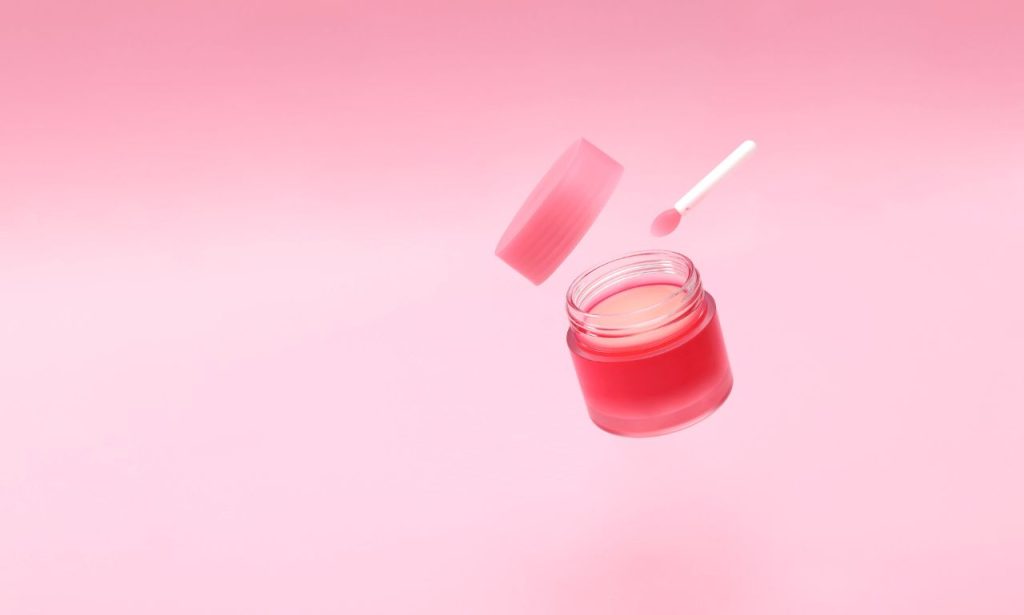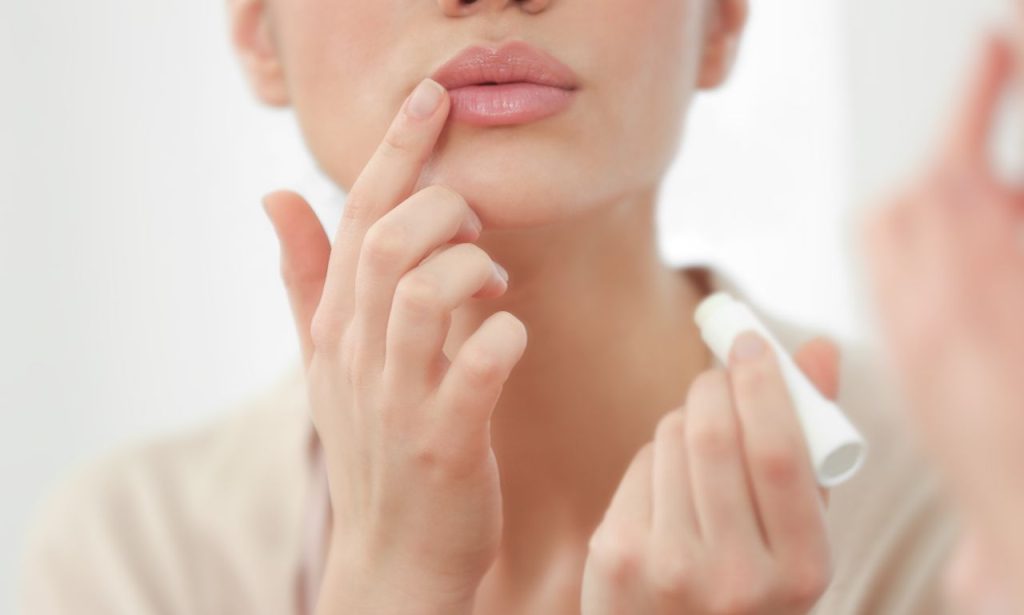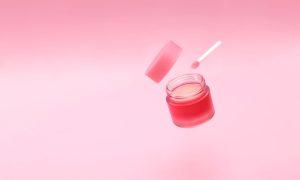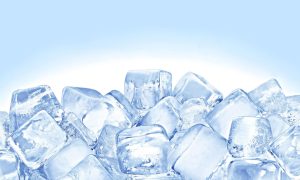Your lips are one of the most delicate parts of your body, often exposed to harsh environmental conditions. Whether it’s the scorching sun, biting cold, or dry indoor air, your lips need protection and care. That’s where lip balm comes in. But with so many options available, how do you know what to look for in a lip balm? This article will guide you through the maze of choices, ensuring you find the perfect balm to keep your lips healthy and hydrated.
What is Lip Balm?
Lip balm is a wax-like substance applied to the lips to moisturize, soothe, and protect against dryness and chapping. It forms a barrier on the lip’s surface, locking in moisture and shielding the delicate skin from external irritants.
Types of Lip Balms
Lip balms come in various forms and formulations, each designed to meet specific needs. Here’s a breakdown of the most common types:
1. Stick Lip Balms
Stick lip balms are the most convenient type, easily fitting into your pocket or purse. They are hygienic, as you don’t have to use your fingers for application. Look for sticks that glide smoothly and provide lasting hydration.
2. Jar Lip Balms

Jar lip balms often have a thicker consistency and are ideal for those who prefer a more substantial layer of protection. However, they may require using your fingers for application, which can introduce bacteria if not handled properly.
3. Tube Lip Balms
Tube lip balms are similar to stick balms but come in a squeezable tube. They allow for more precise application and often have a softer consistency than sticks.
4. Tinted Lip Balms
Tinted lip balms provide both hydration and a hint of color. They are perfect for those who want a natural look without the heaviness of lipstick.
5. Medicated Lip Balms
Medicated lip balms contain ingredients like menthol, camphor, or phenol, which provide relief from severely chapped or painful lips. They are designed for treatment rather than everyday use.
6. Organic/Natural Lip Balms
Organic or natural lip balms use ingredients derived from nature, avoiding synthetic chemicals. They are suitable for those with sensitive skin or those who prefer eco-friendly products.
Why Use Lip Balm?
1. Moisturization
Lips lack oil glands, making them more prone to dryness. Lip balm provides essential hydration, keeping your lips soft and supple.
2. Protection
Lip balm protects your lips from environmental factors like wind, cold weather, and UV rays, which can cause damage and discomfort.
3. Healing
If your lips are already chapped or cracked, lip balm helps to heal and soothe the skin, speeding up the recovery process.
4. Aesthetic Benefits
Well-moisturized lips look healthier and more attractive. Lip balm can also create a smooth base for lipsticks and other lip products.
How Often Should I Apply Lip Balm?
The frequency of application depends on your environment and personal needs. Generally, applying lip balm 2-3 times a day is sufficient. However, in harsh weather conditions or if you have very dry lips, you may need to apply it more frequently.
Which Lip Balm is Best for Daily Use?
The best lip balm for daily use should be lightweight, non-greasy, and provide long-lasting hydration. It should also contain SPF to protect against sun damage. Look for ingredients like shea butter, coconut oil, and beeswax for optimal daily care.
How Do I Choose a Lip Balm?
Choosing the right lip balm involves considering several factors:
1. Ingredients
Opt for balms with natural, hydrating ingredients like beeswax, shea butter, and coconut oil. Avoid those with synthetic fragrances, dyes, and parabens, which can irritate the skin.
2. SPF Protection
If you spend a lot of time outdoors, choose a lip balm with SPF to protect your lips from UV damage.
3. Skin Type
Consider your skin type and any specific needs. For example, if you have sensitive skin, look for hypoallergenic and fragrance-free options.
4. Texture and Feel
The texture should be comfortable and not too greasy or sticky. Test a few options to find the one that feels best on your lips.
5. Purpose
Determine the primary use of the lip balm. Is it for daily hydration, treatment of chapped lips, or adding a hint of color?
Tips for Application and Removal
Proper application and removal of lip balm ensure maximum benefits and prevent potential issues.
Application:
- Clean Lips: Start with clean, dry lips to avoid trapping dirt and bacteria.
- Apply Evenly: Apply a thin, even layer, covering all areas of your lips.
- Reapply as Needed: Reapply throughout the day, especially after eating, drinking, or swimming.
Removal:
- Gentle Wipe: Use a soft cloth or tissue to gently wipe off any excess balm.
- Avoid Harsh Scrubbing: Do not scrub your lips, as this can cause irritation.
- Exfoliate: Occasionally exfoliate your lips with a gentle scrub to remove dead skin cells.
Key Ingredients in Lip Balms

Understanding the ingredients in lip balms can help you choose the right product for your needs. Here are some key ingredients to look for:
1. Beeswax
Beeswax provides a protective barrier, locking in moisture and keeping your lips hydrated.
2. Shea Butter
Shea butter is an excellent moisturizer, rich in vitamins A and E. It helps to soothe and repair damaged skin.
3. Coconut Oil
Coconut oil is known for its hydrating properties and is easily absorbed by the skin, providing deep moisture.
4. Vitamin E
Vitamin E is an antioxidant that helps to protect the lips from environmental damage and supports skin repair.
5. Aloe Vera
Aloe vera has soothing and healing properties, making it ideal for treating chapped or irritated lips.
6. Petroleum Jelly
Petroleum jelly is a common ingredient in lip balms, forming a barrier to prevent moisture loss.
7. Lanolin
Lanolin is a natural emollient that helps to soften and moisturize the lips.
8. Menthol and Camphor
These ingredients provide a cooling sensation and can help to relieve pain and discomfort from severely chapped lips.
Natural Alternatives to Lip Balms
If you prefer natural remedies, there are several alternatives to commercial lip balms that you can try:
1. Coconut Oil
Pure coconut oil is an excellent natural moisturizer, providing deep hydration for your lips.
2. Shea Butter
Raw shea butter is another great option for moisturizing and protecting your lips.
3. Honey
Honey has natural antibacterial properties and can help to heal and soothe chapped lips.
4. Aloe Vera Gel
Aloe vera gel is soothing and hydrating, making it a great natural alternative to lip balm.
5. Olive Oil
Olive oil is rich in antioxidants and provides excellent moisture for your lips.
6. Cucumber Slices
Cucumber slices can be placed on your lips to provide hydration and a cooling effect.
7. Green Tea Bags
Moistened green tea bags can be used to soothe and hydrate dry lips.
Conclusion
Choosing the right lip balm is essential for maintaining healthy, hydrated lips. By understanding what to look for in a lip balm, you can make an informed decision that meets your specific needs. Whether you prefer a natural alternative or a commercial product, the key is to find one that provides effective protection and hydration. Keep your lips looking and feeling their best with the right lip balm.
ALSO READ: Where Can I Buy Laptops in Bulk For Cheap
FAQs
Yes, many lip balms can be used on other dry areas of your skin, such as cuticles or dry patches on your face.
Yes, lip balm can expire. Check the packaging for an expiration date, and if it smells or looks strange, it’s best to discard it.
Yes, some people may be allergic to certain ingredients in lip balm. If you experience irritation, discontinue use and consult a dermatologist.
Absolutely! Many people enjoy making their own lip balm using natural ingredients like beeswax, shea butter, and essential oils.
If your lips feel dry despite using lip balm, you might be using a product with drying ingredients or not reapplying often enough. Drink plenty of water and try switching to a more hydrating formula.



